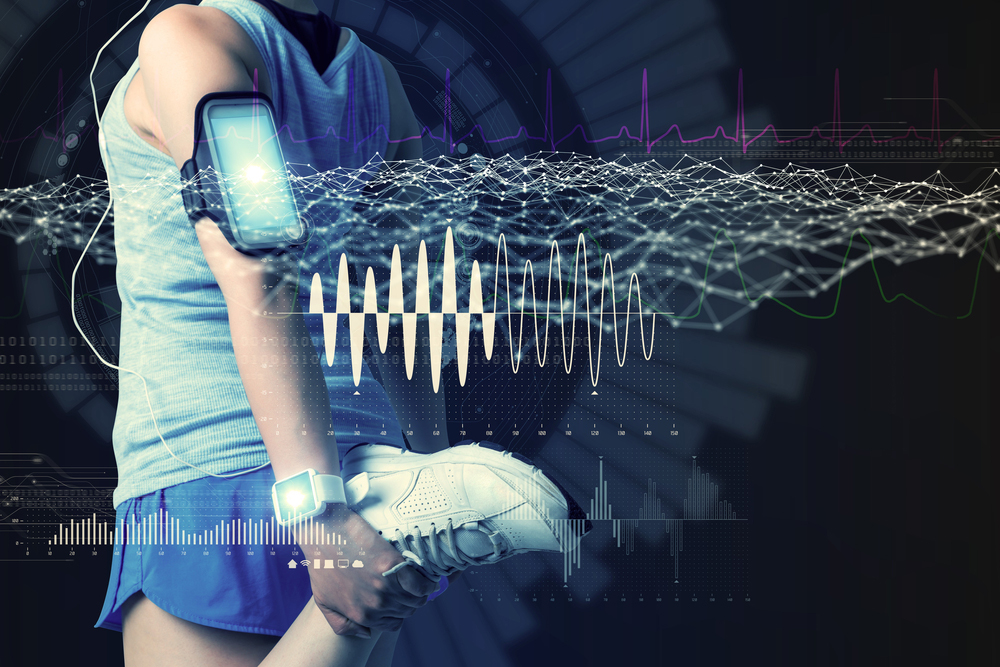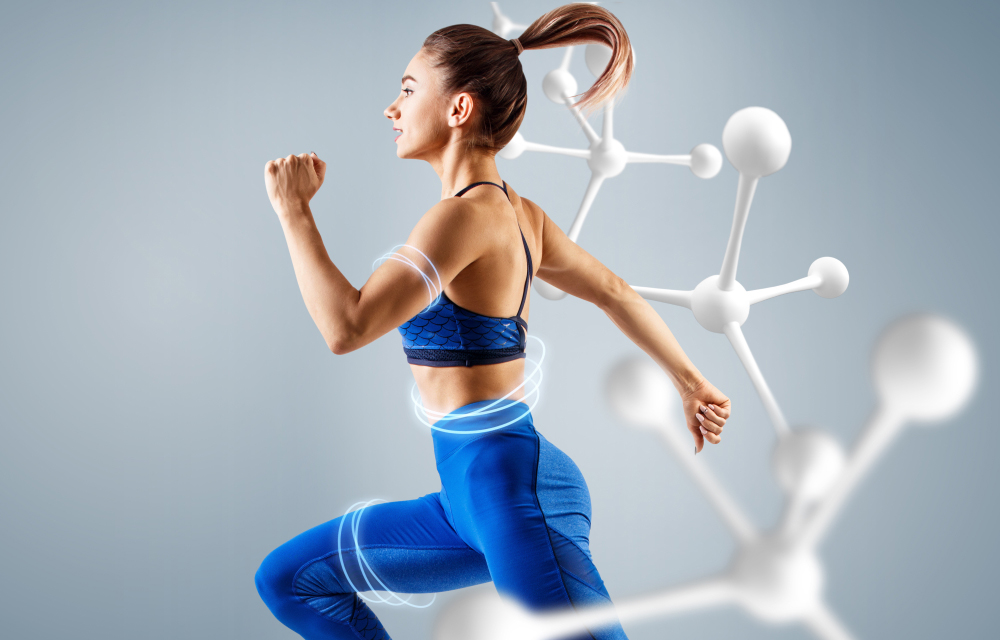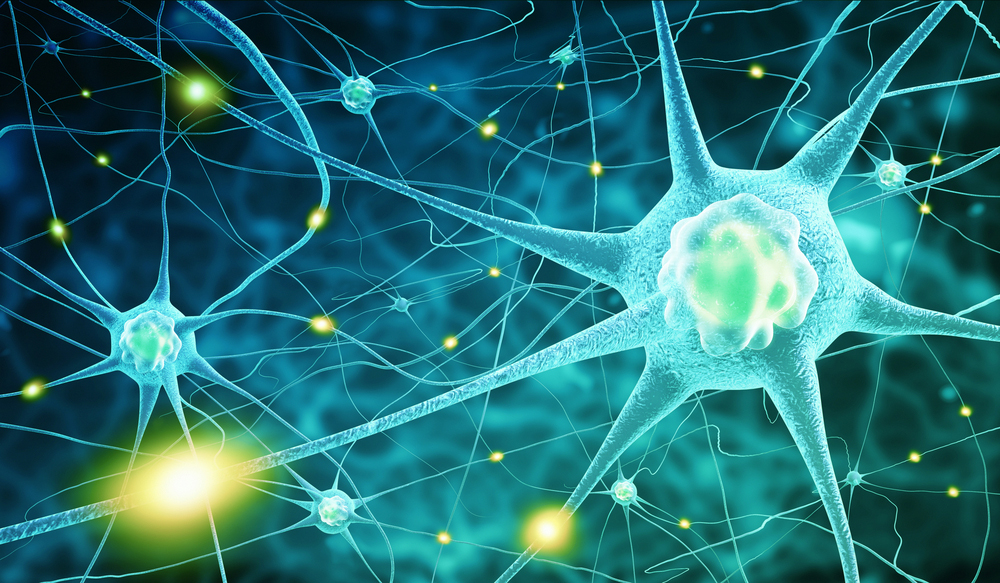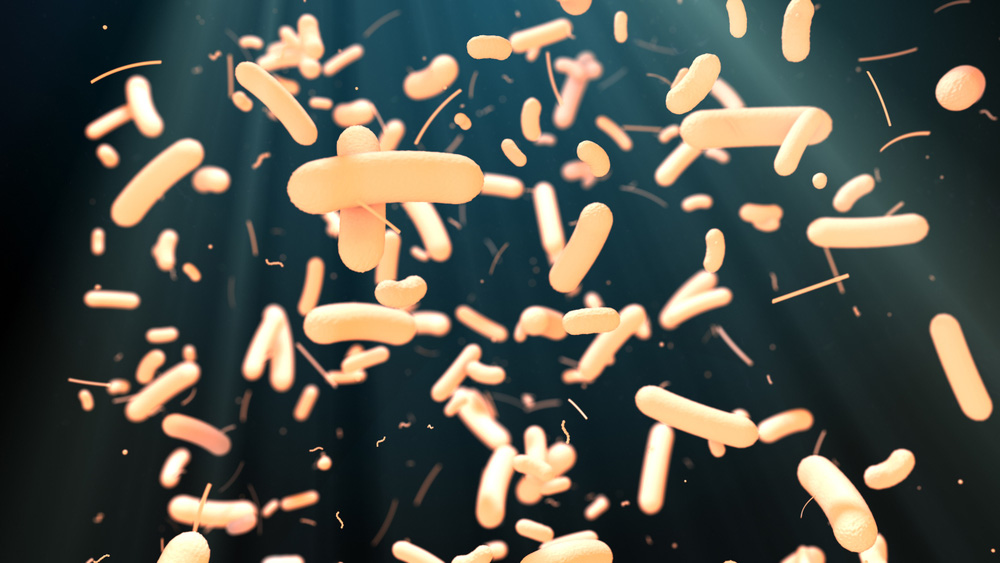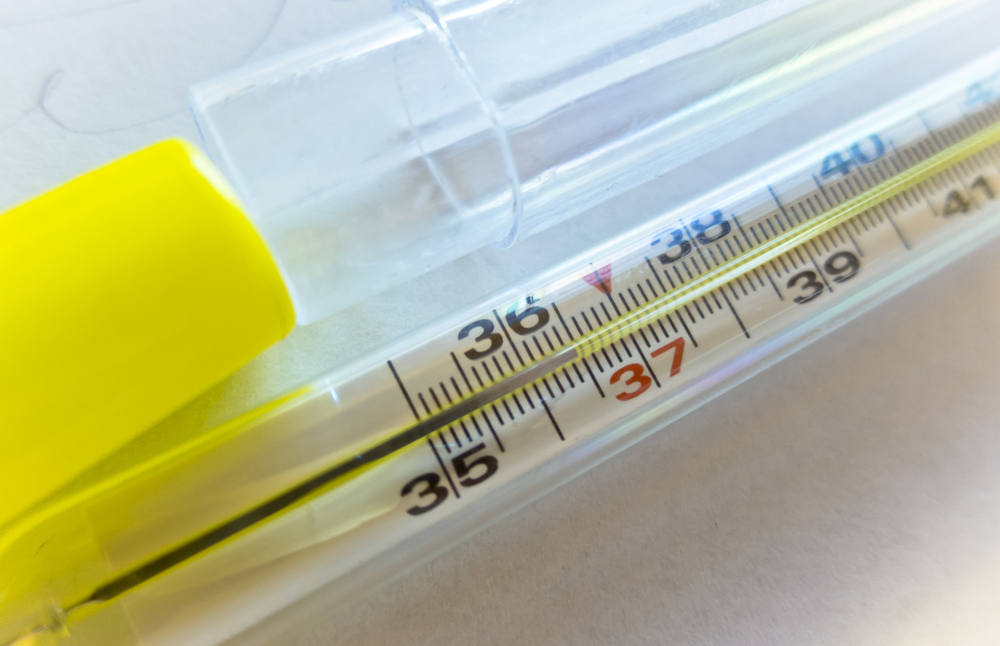In order for muscle development to be successful, it is important to know the physiology of training. Training physiology encompasses what the body goes through, before, during and after a workout. What happens to our bodies when we work out? How do the muscles react during exercise? How do muscles develop? Focus on the subject.
Before training: brain and muscles prepare for exercise
At the moment when the sportsman thinks of doing bodybuilding exercises, his whole organism is getting in condition, especially the nervous system and the muscles. He automatically thinks about the exercises he is going to do, as well as the muscle groups he is going to work during the session.
He also thinks about the load he is going to lift, the right bars and dumbbells. Without doing so on purpose, he prepares his body by visualising the movements and gestures he will perform once he arrives in the training room.
His nervous system then secretes noradrenaline, an organic compound that acts as an adrenergic hormone and neurotransmitter. He will then feel his heartbeat accelerate, followed by a feeling of excitement caused by the secretion of adrenaline by the adrenal glands.
The adrenaline and noradrenaline that the athlete has secreted during his mental preparation will help him during the whole bodybuilding session. These hormones will improve his strength and endurance to further develop his muscle mass. In addition to adrenalin and noradrenalin, testosterone is also secreted.
This is the hormone that ensures the propagation of nerve signals to the muscle groups. Testosterone improves the power of muscle contractions during a workout. A good testosterone level is not only associated with reproductive function, but above all with the maintenance of muscle mass.
This is why products containing this hormone are currently being offered to athletes. They are said to be remedies for fatigue and to improve the performance of sportsmen and women.
What happens during training?
When properly warmed up, lifting weights seems very easy for an athlete. He feels fit and does not feel tired. At the same time, under the effect of lifting weights, his muscles contract under the action of myosin and actin. These two protein architectures are the basis of all muscle movement.
To do this, the nervous system sends a signal to the muscles via the motor nerves. The muscle groups respond by producing an influx of sodium and a leakage of potassium. By changing the electrical charge of the fibres, calcium is propelled into the cells. Myosin and actin in turn bind to cause muscle contractions.
Depending on how close these two protein architectures come together, muscle contraction increases or decreases, thus developing the muscles.
At the beginning of the training, the loads seem heavier, as the nerves affect the slow twitch fibres first. But in the middle of the series, the athlete starts to feel his or her energy decreasing more and more. The slow twitch fibres become exhausted and the nerves begin to affect the fast twitch fibres.
To help the fibres contract, the creatine inside the muscles is converted into adenosine triphosphate which strengthens the myosin. Once myosin has received the adenosine triphosphate it needed to function better, it can allow actin and myosin to come together to reproduce muscle contractions again.
To increase their strength and endurance during a weight training programme, some athletes take creatine after each training session. Their body will store the substance to help them during the next session.
At the end of the session, the athlete really starts to weaken. His strength decreases with his pace. He feels a burning sensation that invades his body. Every movement seems difficult or even impossible. It is the lactic acid that causes the pain and burning sensation in the muscles because the body recruits more fast twitch fibres to ensure the continuity of muscle contractions.
These fibres become increasingly fatigued, which is why they send back a message of pain and agony that is transmitted to the athlete's nervous system. Inside the fibres, the actin and myosin are completely detached. At this stage, if the athlete continues to train, a muscle, tissue or joint injury could occur and end in muscle failure.
The lactic acid that caused the pain sensation also causes growth hormones. The growth hormone will then intensify the burning of fat. In this way, muscle development can take place and the body can renew its energy source.
After training: what happens to the muscles?
Once the training session is over, the athlete has the sensation that his or her muscles seem bigger and more hardened. This is because after an intense workout, the muscles or muscle groups that have just been worked pump out excess blood. Toxins and lactic acid are removed as the blood brings oxygen and nutrients to the fibres and tissues. A swelling is then felt. This will last for about two hours.
During this time, satellite cells from outside the fibres rush into the area that has been worked on. They fuse with the fibres and form new strands of muscle protein that will be used in the next workout. During future sessions, the athlete will feel less pain than the previous time.
His muscles become more resilient and the muscle fibres build up to become stronger. This will allow the athlete to lift more weight and perform more sets and repetitions to build muscle mass. To optimize mass gain, the athlete should strive for a varied and well-balanced functional training routine.

